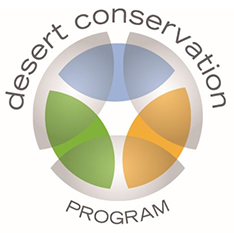
Exploring Safety Tips
Exploring Safety Tips
Hiking, biking, climbing and recreational shooting, like other adventure sports, should never be taken lightly, especially when you consider the harshness of the desert. There are certain safety measures and precautions that will ensure a great experience.
First Aid Kit
A basic first aid kit is the best exploring companion. A basic kit may include: elastic bandages, first aid tape, a pocket knife, antiseptic wipes, over the counter anti-inflammatory or pain medications, fire-starter (matches or a lighter), a small headlamp or flashlight, a whistle and a small roll of duct tape.
Extra Clothing and Rain Gear
Since you don’t have a shell like Mojave Max we recommend bringing a few layers. The weather up on a mountain is not always the same as it is down at the trailhead. Add to that the possibility of high winds, flash flood thunderstorms and temperatures in excess of 100 degrees or below freezing and you’ll want at least a few options.
Learn Hot Weather Exercise Safety
Hiking in the desert may make you more susceptible to a variety of heat-related illness including dehydration, heat exhaustion, sun stroke and heat stroke. If you know the warning signs of early heat illness and take quick action, you can often avoid a serious or life-threatening situation.
Map
Download and print a detailed topographic map of the region you’ll be hiking in. Study your route before your hike, then carry the relevant map. You most likely won’t have cellular phone reception where you’re going.
Food & Water
Desert heat can quickly lead to dehydration. Always carry extra water with you when outdoors in the desert. At least one gallon of water per day is recommended, especially in the summer. Keep emergency food and snacks like energy bars and candy with you.
Hiking Shoes
While you may be tempted to wear athletic shoes while hiking in the desert, trail running shoes or boots are recommended. Loose rock and gravel fills most of the side canyons and washes, and most desert and canyon trails are equally loose and rocky. You’ll want all the support and protection you can get.
Quick Links
Other Links

The DCP implements actions to ensure survivability of covered species in the wild.
Hikes and Trails
Even though Desert Tortoises don’t do a lot of hiking, Mojave Max has gathered up a few of his favorite hikes and trails for you to explore.

